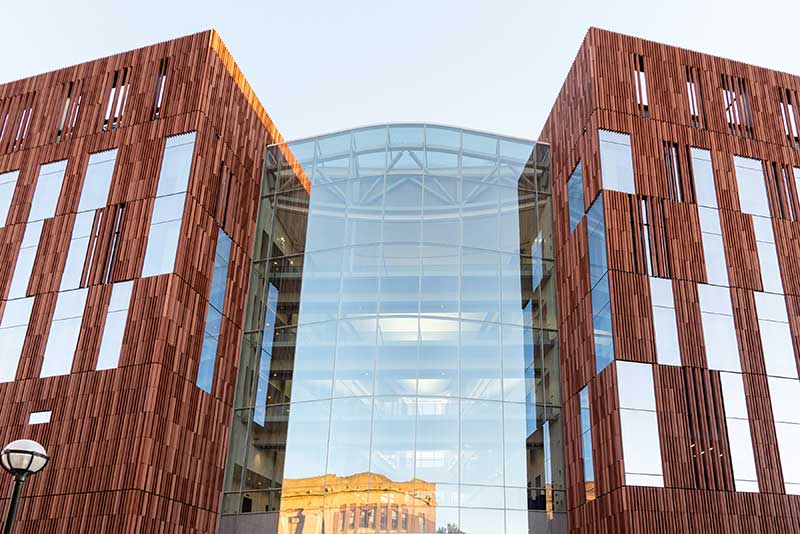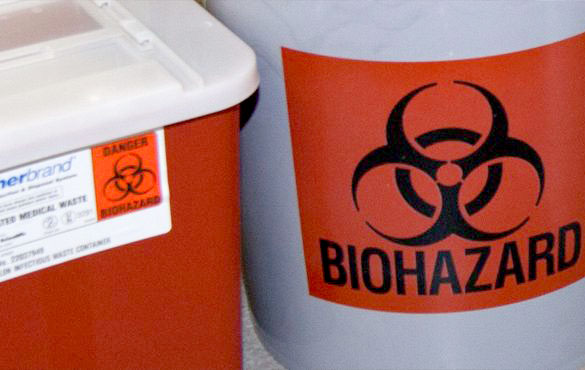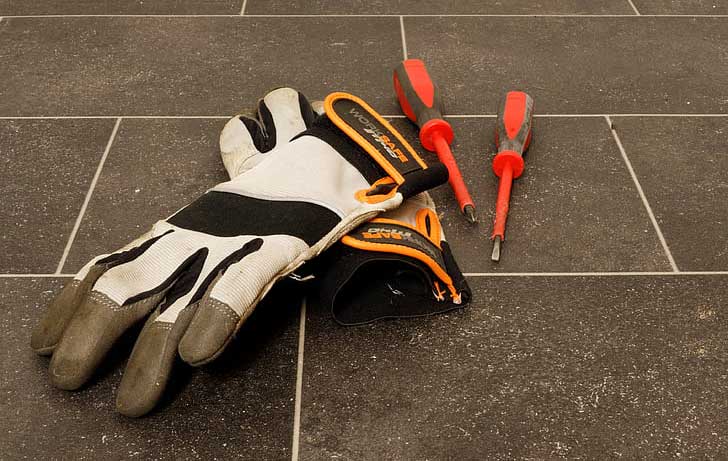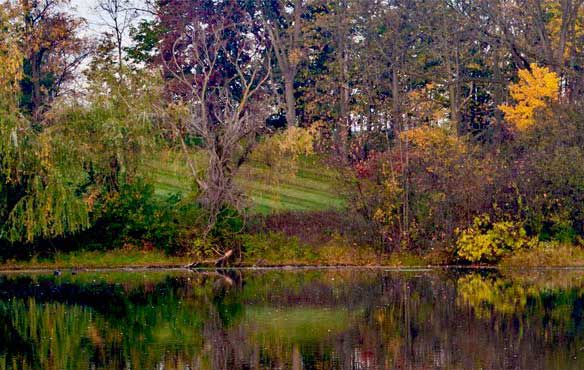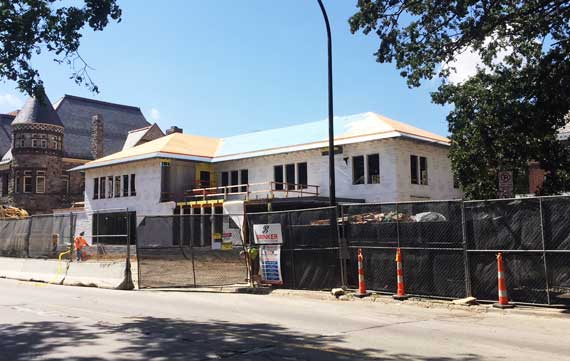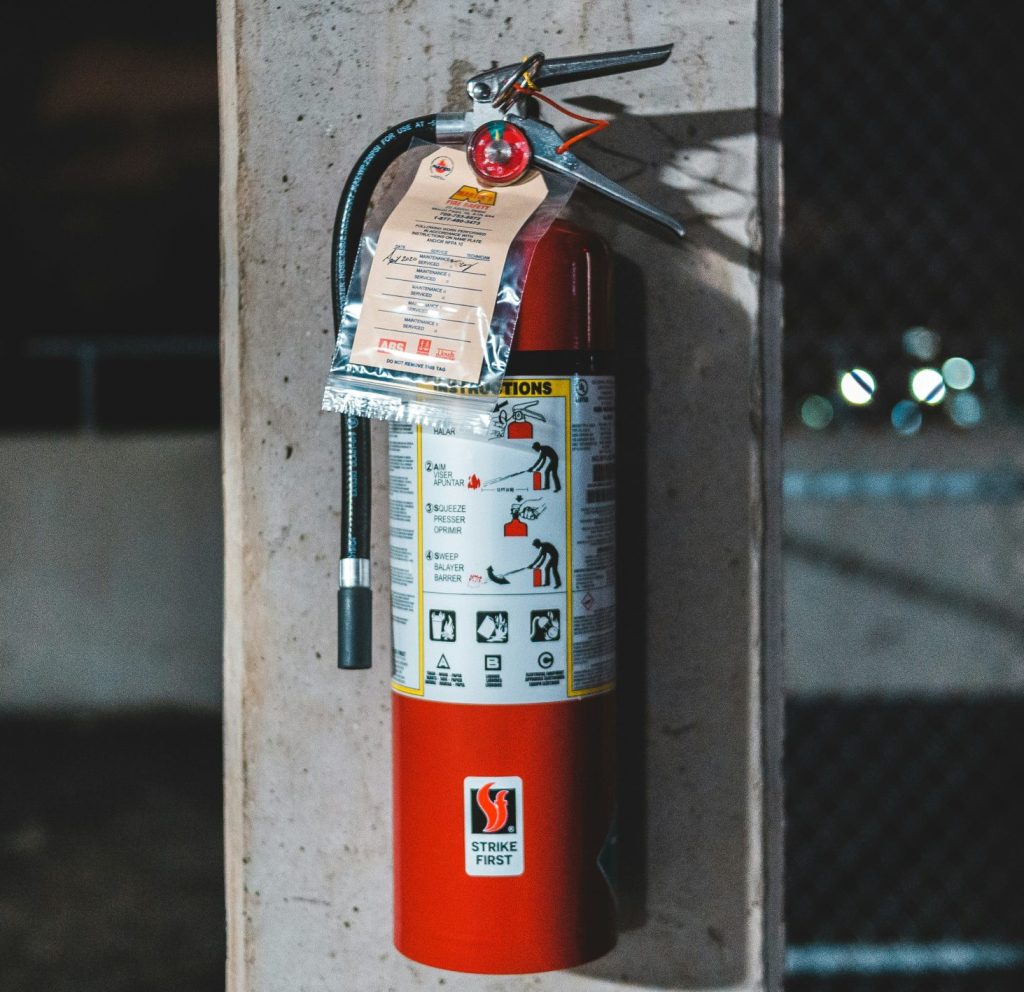Stormwater
Stormwater runoff is the water resulting from rainfall and snow melt that is unable to infiltrate into the ground or the runoff from impermeable surfaces such as parking lots, sidewalks, roads, and rooftops. Nearly all stormwater runoff discharges into surface waters–lakes, ponds, and streams–and is typically untreated. Stormwater flowing over land can pick up contaminants such as pesticides, fertilizers, sediment, debris, oils, fuels, and coolants from cars. In addition, stormwater runoff can cause soil erosion, sedimentation, and stream bank erosion, which can:
- Harm wildlife and their habitats
- Reduce access to recreational activities
- Cause:
- Flooding
- Algae blooms
- Increase the cost to:
- Repair damage caused by flooding and sediment deposits
- Rehabilitate lakes, ponds, and streams to restore wildlife and their habitats and recreational activities
Drinking water is taken from sources such as lakes, rivers, reservoirs, and groundwater; and the more polluted these waters are, the more difficult and costly it is to treat them to meet drinking water standards.
Stormwater Educational Video
The State of Michigan issued U-M a MS4 Stormwater Discharge permit (NPDES Permit MI0053902) with specific requirements for a Stormwater Management Program Plan (SWMPP), which includes the following measures:
NOTE: If you are in design or construction at U-M, also refer to the Construction Projects, Environmental Considerations, page for additional storm water management policies at U-M.
| MEASURES | RESOURCES |
| Public education and outreach program(s) on stormwater impacts | |
| Public involvement and participation |
|
| Illicit discharge elimination program for the campus | |
| Pollution prevention and good housekeeping practices for University Operations |
For More Information
For questions or additional information contact us at stormwater@umich.edu.
The objectives of stormwater management include helping to reduce stream and river bank erosion, improving water quality, and reducing flooding. To achieve these objectives, the volume, flow rate, and pollutant load of runoff leaving a site after development must be controlled. The U-M meets these objectives by building a coordinated network of structural and non-structural stormwater control measures that work together to reduce, convey, and treat stormwater runoff.
- Non-structural Controls: Work practices to minimize the effects of stormwater runoff such as street and parking lot sweeping, catch basin cleaning, early stormwater planning for construction projects, employee training and storm drain labeling.
- Structural Controls: Infrastructure to control and manage stormwater runoff. Examples of structural controls are included here: Stormwater Management at the University of Michigan
Past Project Stormwater Management Summaries: (Check back as more project information is added.)
- Eda U. Gerstacker Grove Infiltration Measures
- Central Campus Stormwater Infiltration System
- Ingalls Mall Underground Infiltration Basin
- Monroe Mall Underground Infiltration Basin
- Munger Graduate Residence Hall Infiltration Basin
- Stephen M. Ross School of Business Infiltration (Jeff T. Blau Hall)
- Mobility Transformation Facility (MCity)
- Stephen M. Ross School of Business (Main Bldg and Kresge Library)
Additionally, the Office of Campus Sustainability has developed a Visual Stormwater Story and EHS maintains an interactive map of stormwater best management practices both highlighting stormwater control measures installed on campus to help protect the Huron River. These practices include green roofs, porous surfaces, retention/detention basins, hydrodynamic separators, and infiltration-based practices.
